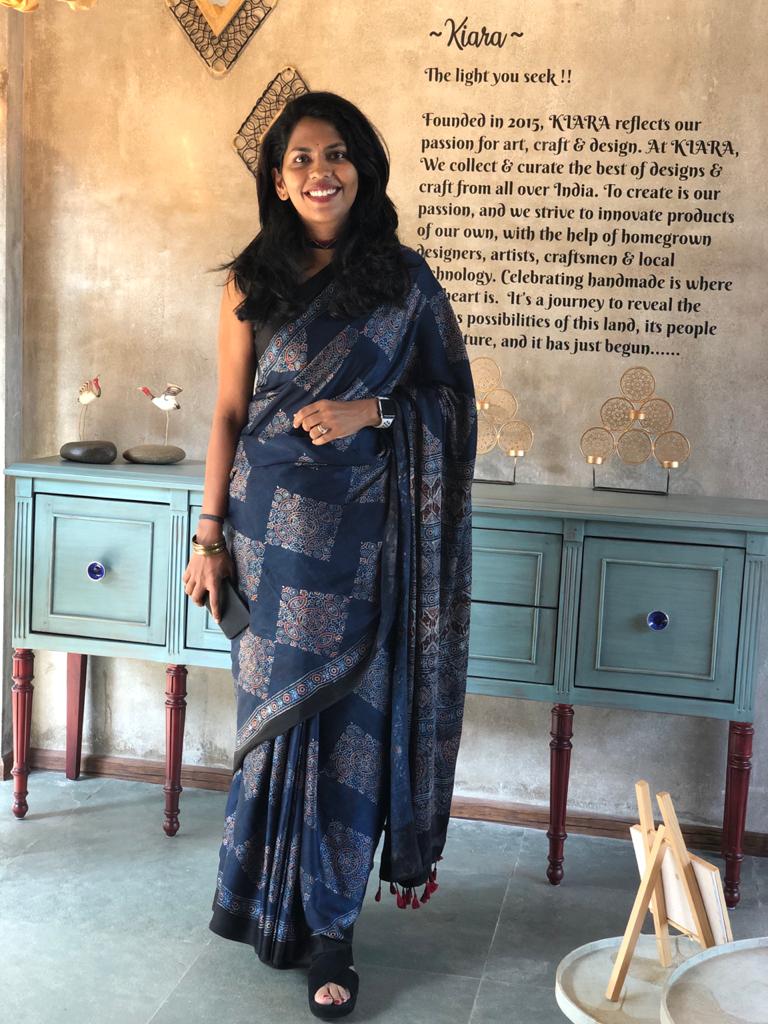
Despite its ubiquity, lighting devices in India, for a long time, were relegated to the lower ranks of household décor needs. Consumers mostly oscillated between the humble, unassuming bulbs, garish chandeliers and almost Victorian looking lampshades; a practice that still exits in many parts of India. It is a flaw that designer Anusha Vivek, with enviable prescience, chose to correct through her endeavour, Kiara Lighting, one of the most renowned designer light boutiques in Kerala. Kiara, housed in Calicut and founded in 2015, was born out of a need to introduce customers to the idea that lighting styles need not be stagnant but elegant, beautiful and sustainable. It also wanted to provide a platform to Indian artisans and designers for them to showcase their wares that depicted our rich culture and heritage.
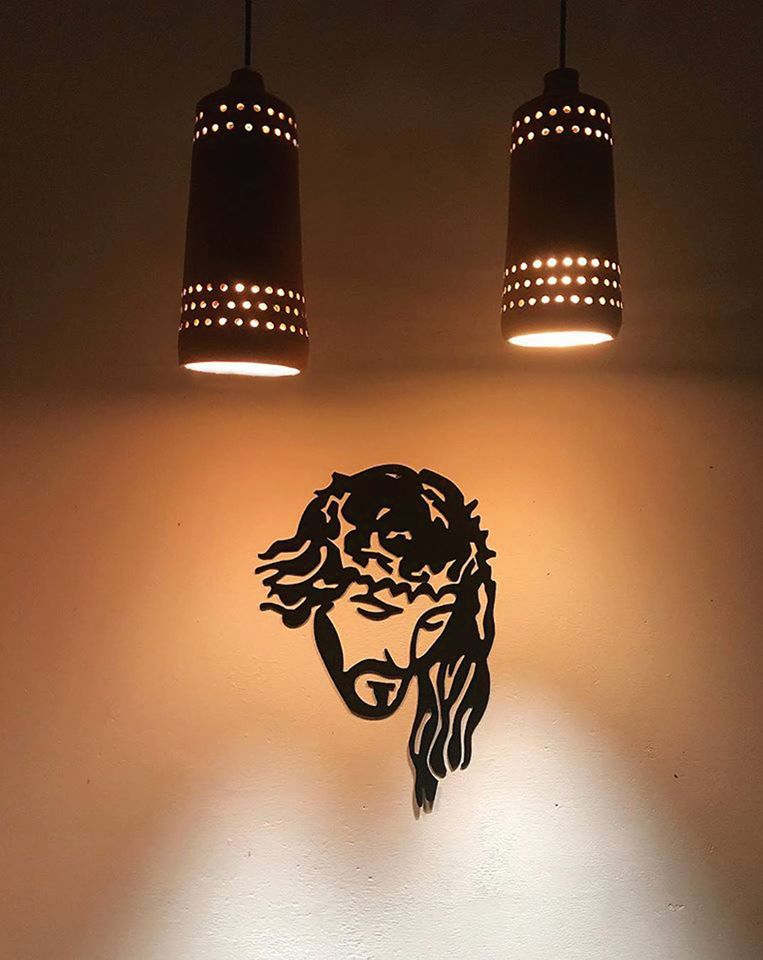
The store, which collects and curates the best of lighting designs and crafts from across the country, is the result of months of hard work and research. Anusha toured the length and breadth of the country for inspiration and forged collaborations with numerous artisans and other boutique stores. Today, Kiara, under Anusha’s stewardship, stands tall as an inspiration for other designers who would like to take the road less travelled.
In conversation with Cindrebay, Anusha, who as a young student surprisingly didn’t care much for design as a subject, talks about the importance of right lighting devices, its influence on the ambience of a space, and how assiduous she had to be to get Kiara up and running.
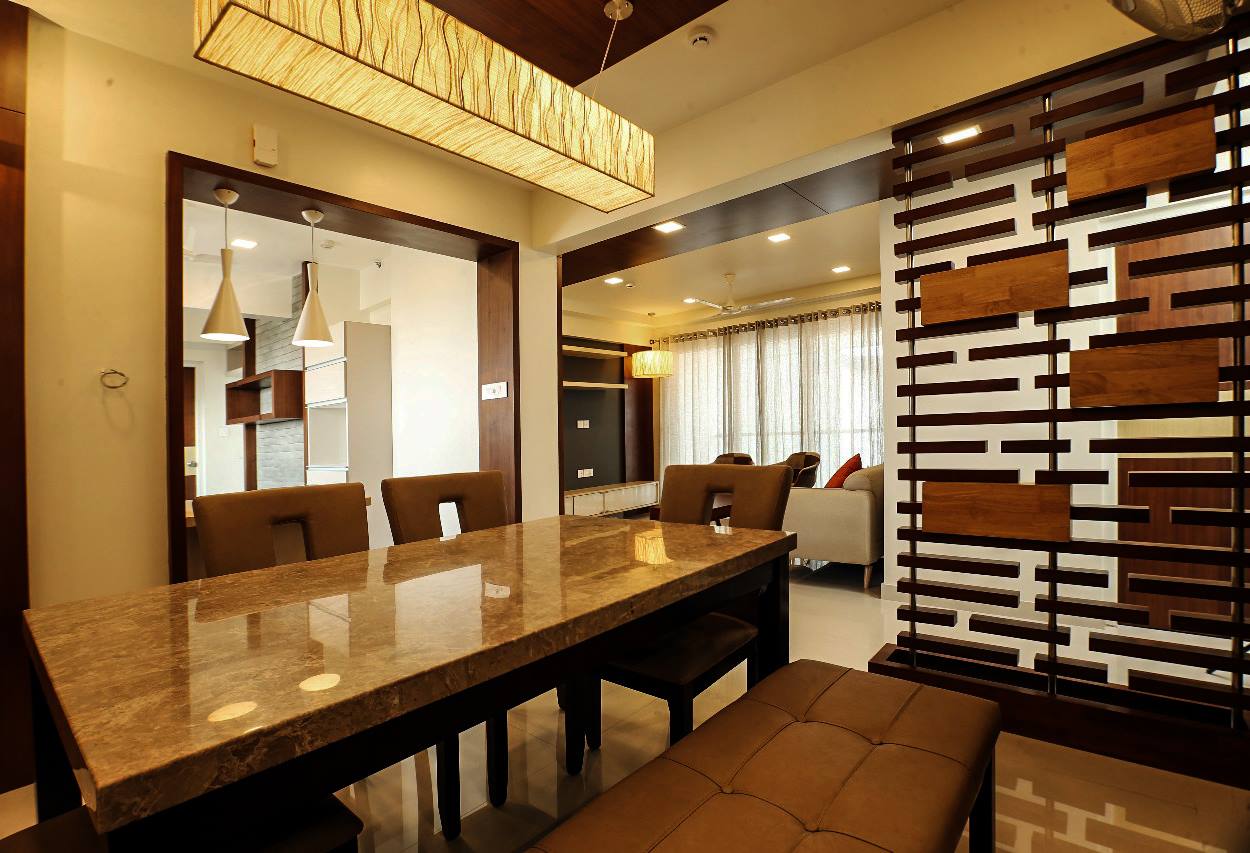 We would love to learn more about the brains behind Kiara; please tell us a little bit about yourself.
We would love to learn more about the brains behind Kiara; please tell us a little bit about yourself.
I am from Mambaram, Thalassery, a town in the South Indian state of Kerala. I did my schooling there followed by bachelor’s in Electrical Engineering from Amrita Vishwa Vidyapeetham University, Coimbatore, and master’s in Illumination Technology from Manipal University. I have worked in many lighting design firms, including one in Singapore, before settling in Calicut, Kerala. Now, I feel I am ingrained into the culture of this beautiful city. My hobbies include everything that makes me happy; cooking, watching movies and looking after my kids.
Growing up, was being an interior designer an ambition you harboured? Or did the interest in the field grow organically?
Surprisingly, growing up, I wasn’t keen on designing. My study trajectory pretty much wrote itself, without me putting too much thought into it; school was followed by bachelor’s then master’s, and life just went on.

However, learning lighting design and working with some of the brightest minds in the field of Indian architecture changed my perception completely. Furthermore, all the pieces fell snugly in place when I married an architect! I was thrust into the world of design, and I took to it like fish to water.
There is so much to learn, explore and enjoy. I didn’t study interior design, per se, but now I am passionate about it. In Kiara, we always strive to cultivate collaborations with other designers. I enjoy working with them, curating their pieces and revel in the endless possibilities brought about by design and craft.

Kiara Lighting is a unique venture; what prompted you to embark on such a journey, and was it easy to get started? What kind of research did you undertake before starting Kiara?
My husband Vivek PP’s firm, de earth, places immense emphasis on eco-friendly architecture and handmade products. We are frequently touring the country for organic, biodegradable products that can be incorporated into our works. One such endeavour, ten years ago, led us to Purple Turtles, a home décor, lighting and furniture store in Bengaluru.

The proprietor of the firm, Radheesh Shetty, and we became excellent friends, a relationship that helped us usher in a new era of lighting design in Kerala. We wanted to build a similar concept store in Calicut. After all, we have so much potential here; it is the home to talented artisans, artists, passionate designers, and hordes of natural materials. We wanted to capitalise on the readily available talent and resources of our hometown.
As part of our research, my husband and I travelled across the country to learn more from various artisans and stores. We started as a franchisee of Purple Turtle five years ago, and since then have grown to showcase carefully curated products of more than 25 designers, along with our own designs.

For a long time, South Indian homes had two lighting choices – simple lights and bulbs or loud chandeliers. Was it challenging to get people excited about your company? What type of advertisement did you do to get the word out?
Yes, it was quite a challenge! The common perception of lights in Kerala was that they are merely tools to illuminate one’s space. That lights could transcend its primary function to become an apparatus that had the power to enhance the ambience of a room, or a building wasn’t considered earlier. A good lighting fixture not just brightens but influences our surroundings, and time had come to show the inconspicuous light some respect!
It took us a lot of effort to convince our clients to venture out of their comfort zones. We utilised the media, magazines and social media for advertising our products; to demonstrate the enormous possibilities of good lighting and the romance it can evoke when integrated with artisanal crafts.

All your products are a beautiful amalgamation of native and international designs. One product that particularly strikes the eye is the Wabi- Sabi, modelled on a Japanese form of lighting style. Could you tell us more about it and why you opted for it to be one of your mainstays?
Wabi-Sabi is created by Oorja, a designer brand of Purple Turtles. The Wabi-Sabi products we have in our store were conceived by Jenny Pinto, a designer who is passionate about sustainable designs and has dedicated her life to creating nature-friendly products.

She uses natural resources like banana fibre and feathers to create bespoke creations like Wabi-Sabi products. Most of her designs are put together by underprivileged women which provides them with means of employment. Her commitment to creating eco-friendly art and sensitivity to the plight of the less privileged touched us immensely. We knew we wanted her designs in our store. Every time a customer buys these designs, they are taking home a piece of art that is not only novel but is created with passion and kindness.
Pendant designs, Floresensia, floor lamps, colourful nameplates; how do you manage to curate such an eclectic collection and create so many unique designs?
We curate our products from India’s best artisans and designers, and also send them ideas we come up with after brainstorming to be made into items. Through Kiara, we want to create a global platform where our artisans and designers can showcase their ingenuity through their innovative creations.
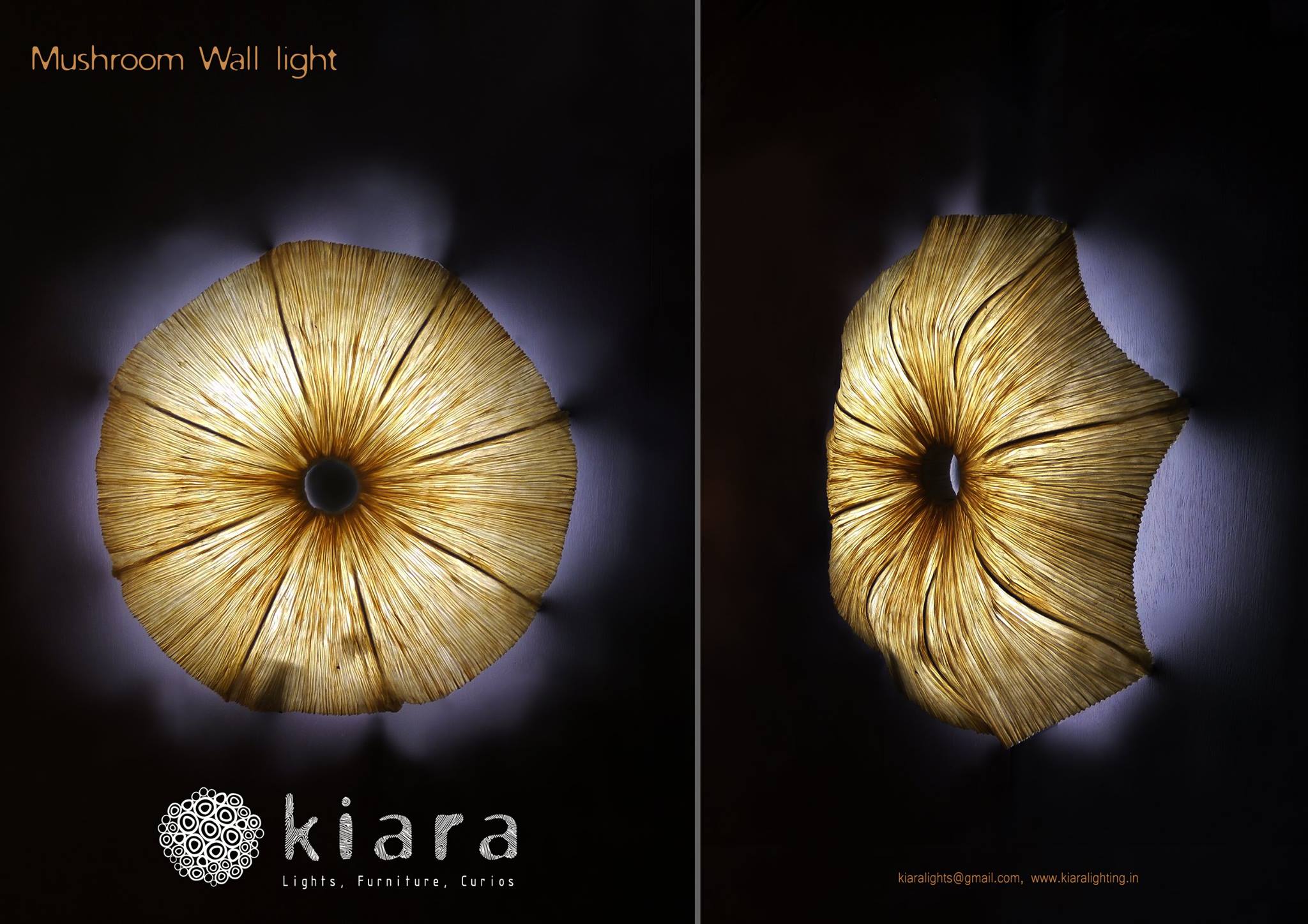
After curating products from other designers for almost ten years, we started our own brand of product design called Aabha, which means light. Through Aabha, our designers and I explore various materials like wood, brass and metal to come up with unique designs inspired by our rich culture and heritage.
We have provided lighting design solutions for offices, hotels, museums, galleries, malls, hospitals, showrooms and residences. In interiors, we majorly cater to the residential segment.

What kind of challenges did you face while starting Kiara? How did you overcome them?
We have faced and continue to meet numerous challenges, one of them being convincing customers to think beyond the cost of handmade projects. These products are a result of sheer hard work, tears, sweet and oodles of passion; there will be some cost involved.
Some people tend to compare our prices with mass-produced generic looking lights imported from China. What they don’t realise is that by buying our products, they are supporting Indian made goods, cottage industries, and ensuring the continuance and thriving of the emblems of our heritage. Also, by purchasing our products, you are bringing home stories and joy associated with Indian art and sustainable design.

What suggestion would you give to customers looking to install lighting devices in their spaces?
I always ask my customers to think about their entire space rather than looking at lighting solutions in a vacuum. It’s not just about the light; it is also about the customer’s furniture, its placement, what can be done in that space, and the type of artefacts and curios that will decorate the place. Once everything is taken into consideration, we can conceptualise the final look.
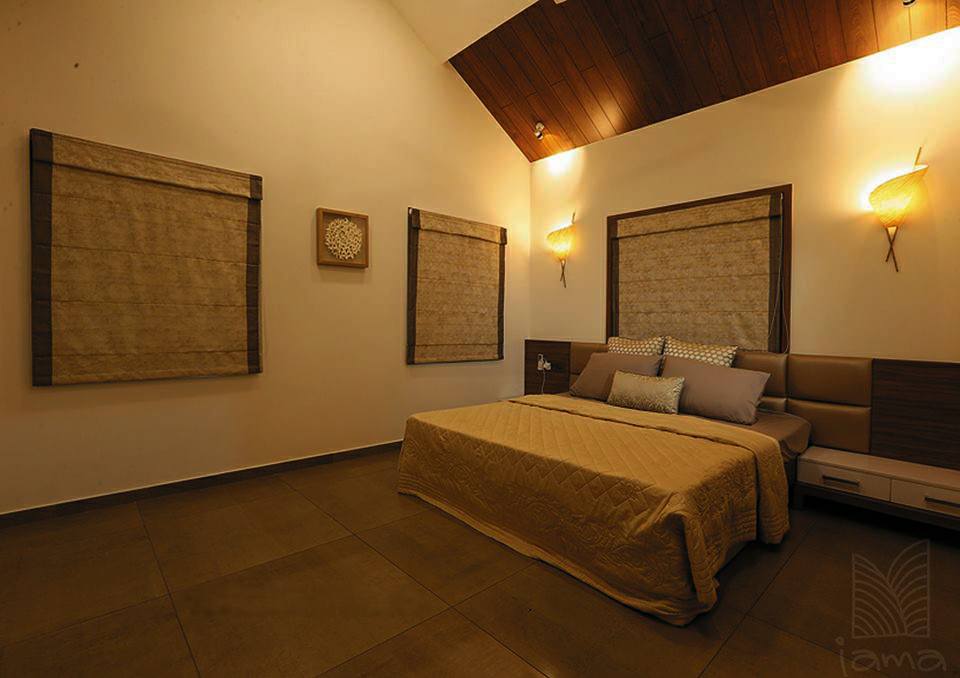
What advice would you give to someone interested in creating a niche for themselves in the world of interior designing as you have?
Never stop learning! Learn every day, from everything – site, client and situation. Be inspired by everything around you, for everything carries an untold story. Interior design is not about visual beauty; it’s about being inspired by life itself.
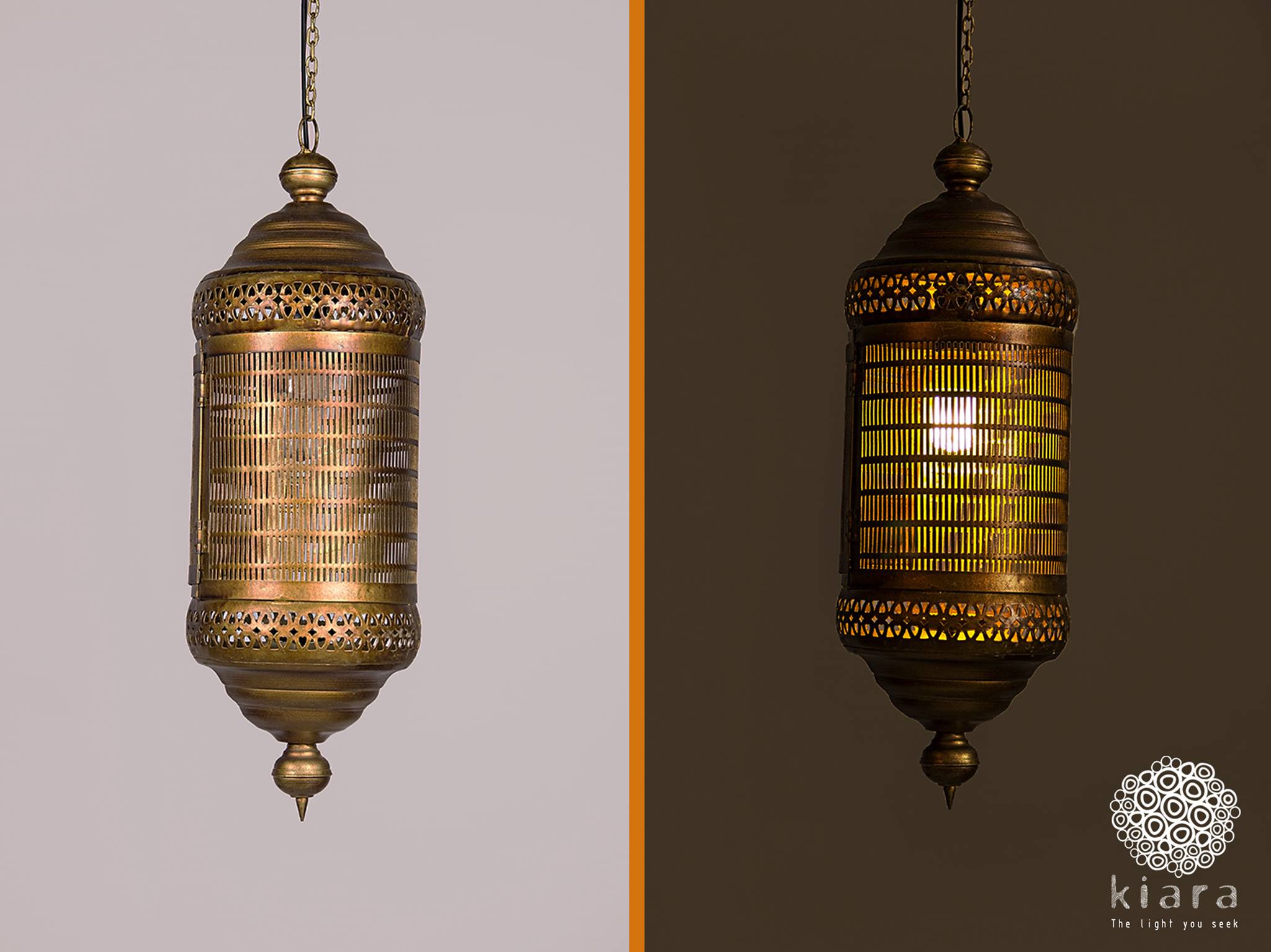
What are your organisation’s plans for the future?
We intend to continue concentrating on our designs while supporting local artisans and designers, and celebrate the best Indian art has to offer!
To learn more about Kiara, visit their website, or follow them on Facebook.
